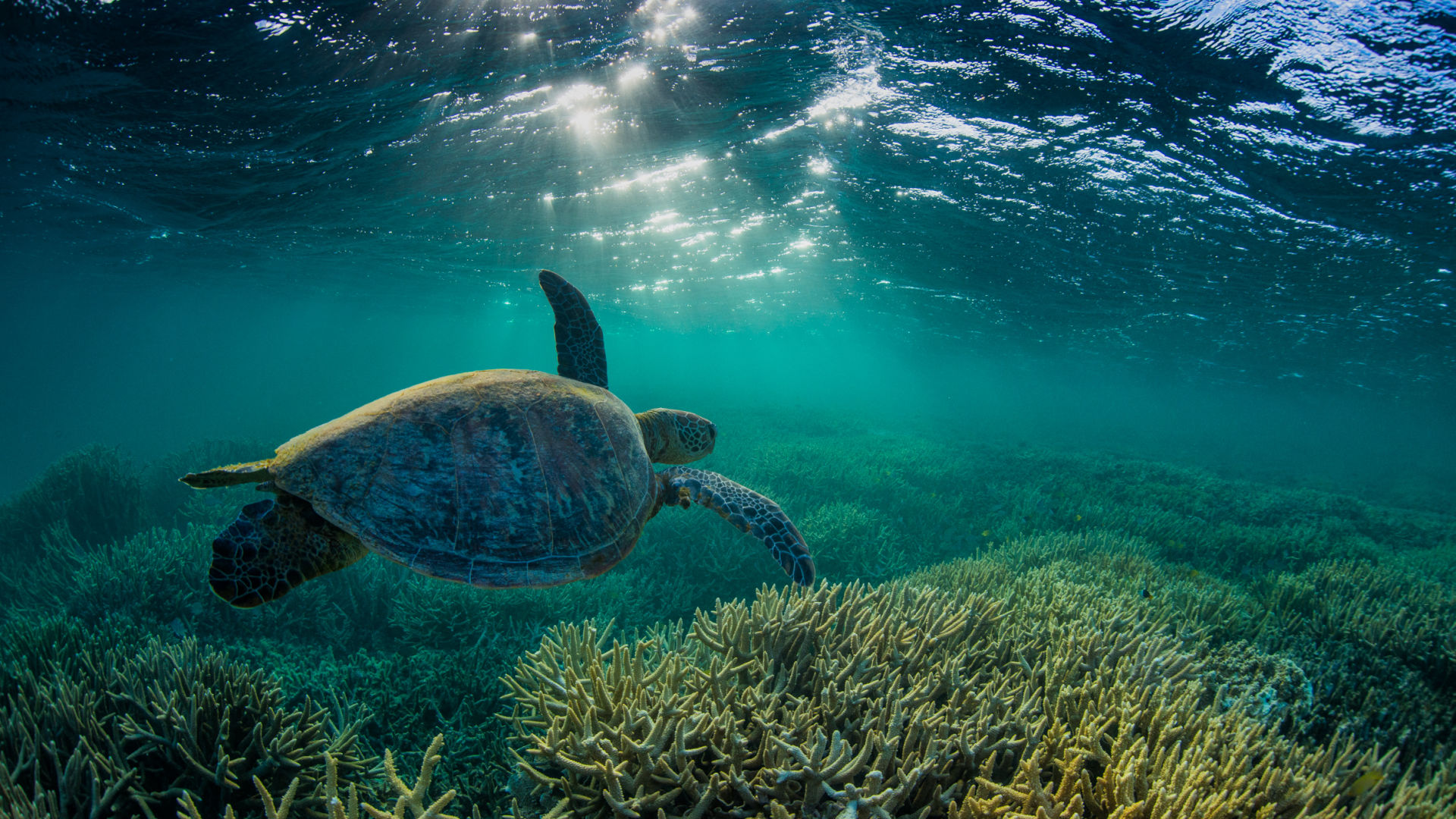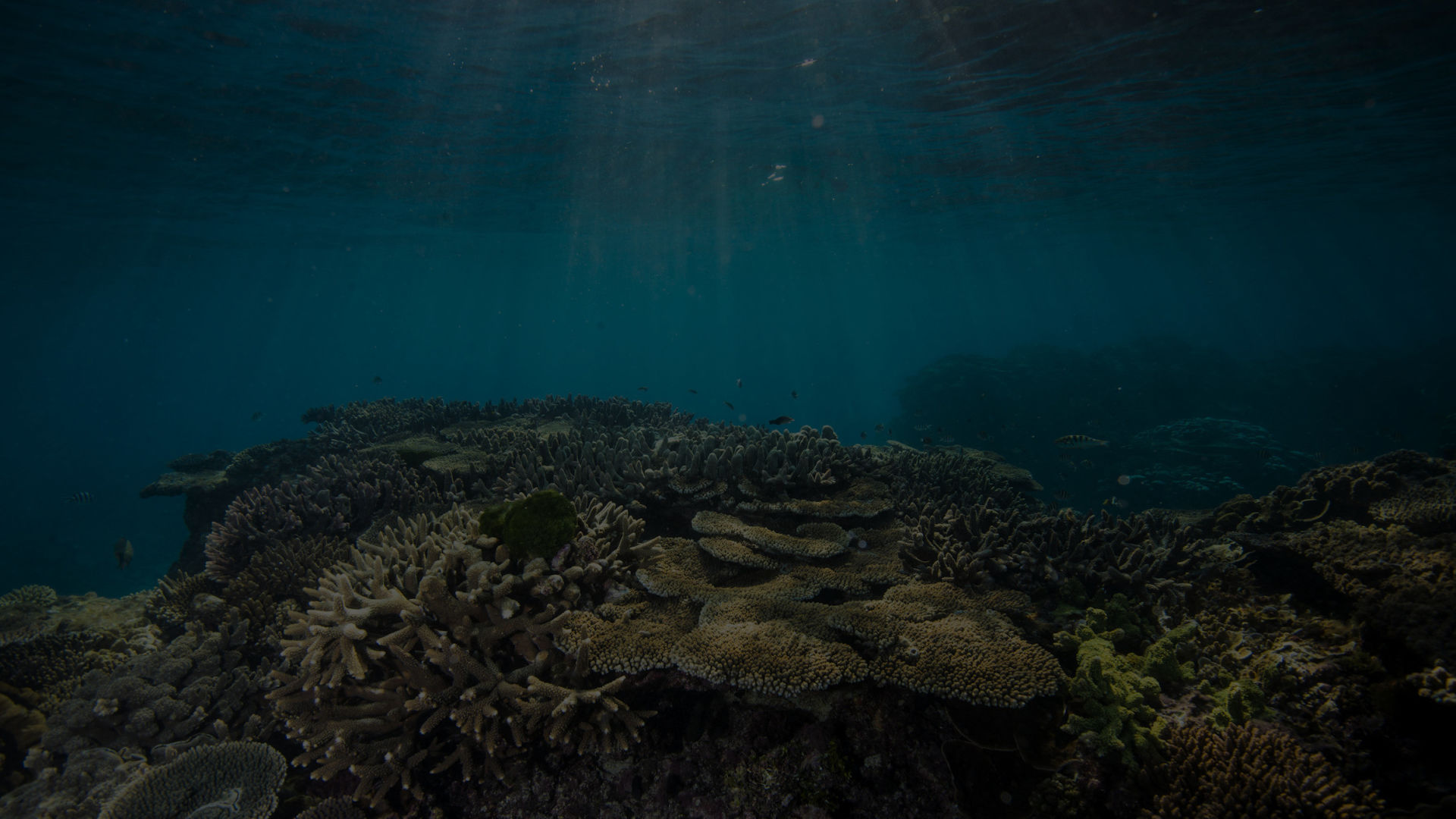
Reef Recovery 2030
Reef Recovery 2030 will not only provide hope for the future of coral reefs and the millions of people that rely on them, but it will also create the step change that is urgently needed.
"It’s surely our responsibility to do everything within our power to create a planet that provides a home not just for us, but for all life on Earth."
Sir David Attenborough

#Coral Reefs are under threat
Coral reefs cannot recover, adapt and evolve fast enough to withstand the combination of climate change and local impacts.
Climate change
Habitat loss
Polluted water
Cyclones
Ocean acidification
Crown-of-thorns starfish
#The solution
The practical actions to be delivered by Reef Recovery 2030 span interconnected pillars of work, each feeding into the core focus of the campaign: healthy reefs and the wellbeing of reef communities.
Improve water quality
Reduce pollution from land-based runoff
Act on climate
Reduce emissions and store carbon
Restore reef islands and coasts
Restore critical habitat and coastal ecosystems
Restore
Promote recovery of degraded reefs
Adapt
Strengthen corals' tolerance to climate change
Protect
Cool and shade reefs most at risk

Coral Reef restoration works during annual coral spawning
#Interventions
Based on the benefits, costs and scale, 43 interventions have been shortlisted for further development by the Reef Restoration and Adaptation Program Joint Venture partners.
Cooling and shading
This intervention provides us with the greatest opportunity to minimise species loss and save on future restoration costs. We will target reefs likely to suffer heat stress ahead of predicted bleaching events, and use advanced techniques to reduce the exposure of coral reefs to heat and light stress.
Assisted natural adaptation
To strengthen corals’ tolerance to climate change, we will facilitate the sharing of the genetic diversity of corals, transferring desirable traits between coral species and populations, such as using coral larvae that is already adapted to warmer conditions.
Enhanced coral breeding
We will also use gene-editing approaches and synthetic biology to increase stress tolerance or other desirable traits. This is cutting edge science and innovation at the very early stages of its development.
Stabilisation
Healthy coral reefs have complex structures that support biodiversity and protect coastlines from erosion. These are weakened and damaged by ocean acidification and extreme weather events. By stabilising or adding new reef structures, we are able to help coral recover.
Biocontrol
Coral predators like Crown-of-thorns starfish survive by eating coral, and their numbers are out of control. To give the Reef a fighting chance of recovery after bleaching events, we will scale up the most effective ways to manage coral predators and competitors.
Field treatments
Like all animals, corals are inhabited by a microbial community. We will use probiotics, feeding, and medicines in both the breeding process and during bleaching events, to increase coral survival and health.

#Tomorrow needs you, now.
The Great Barrier Reef is in desperate need of support. Donate today to help grow new baby corals, creating a better future for the Reef.

